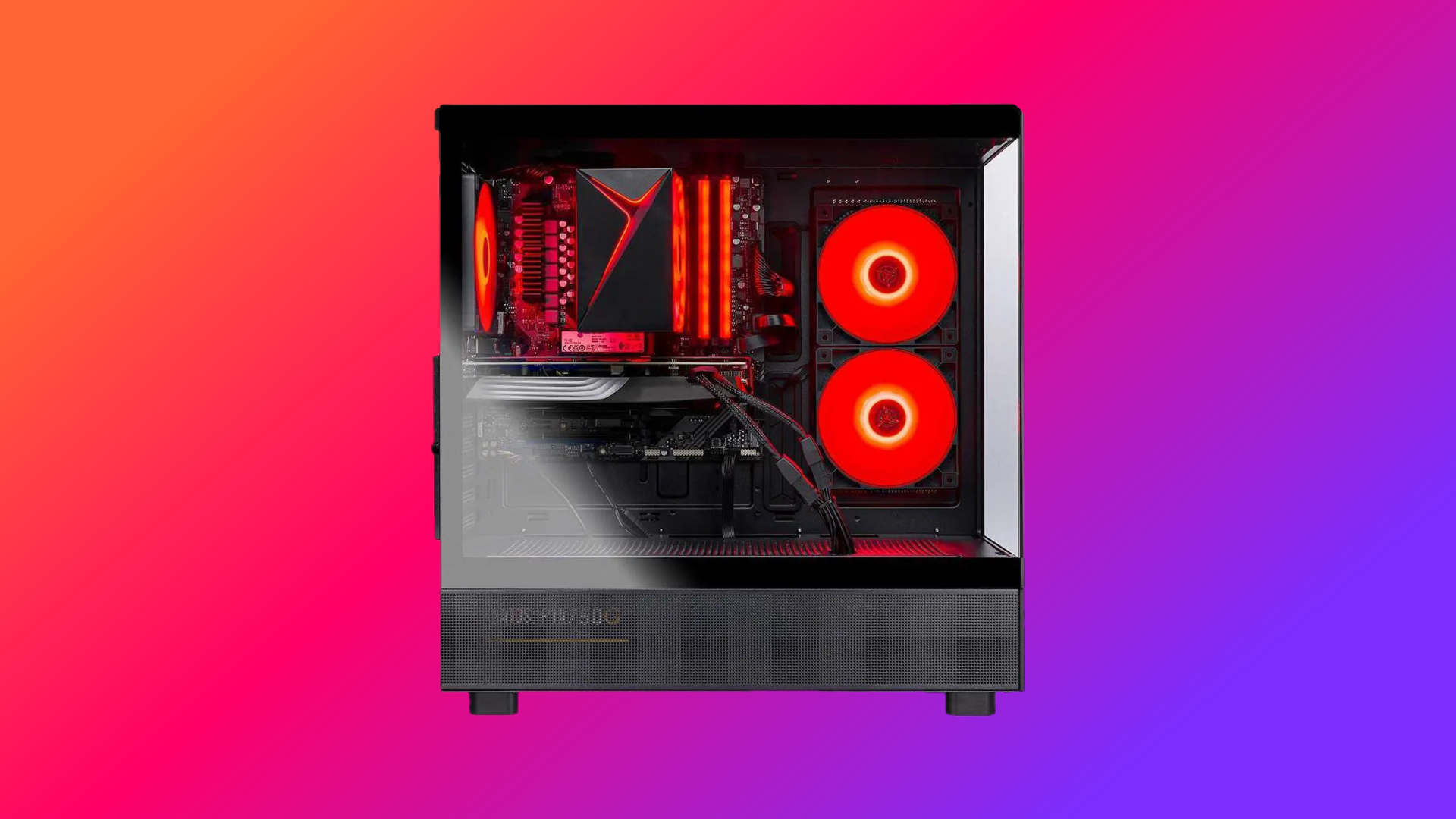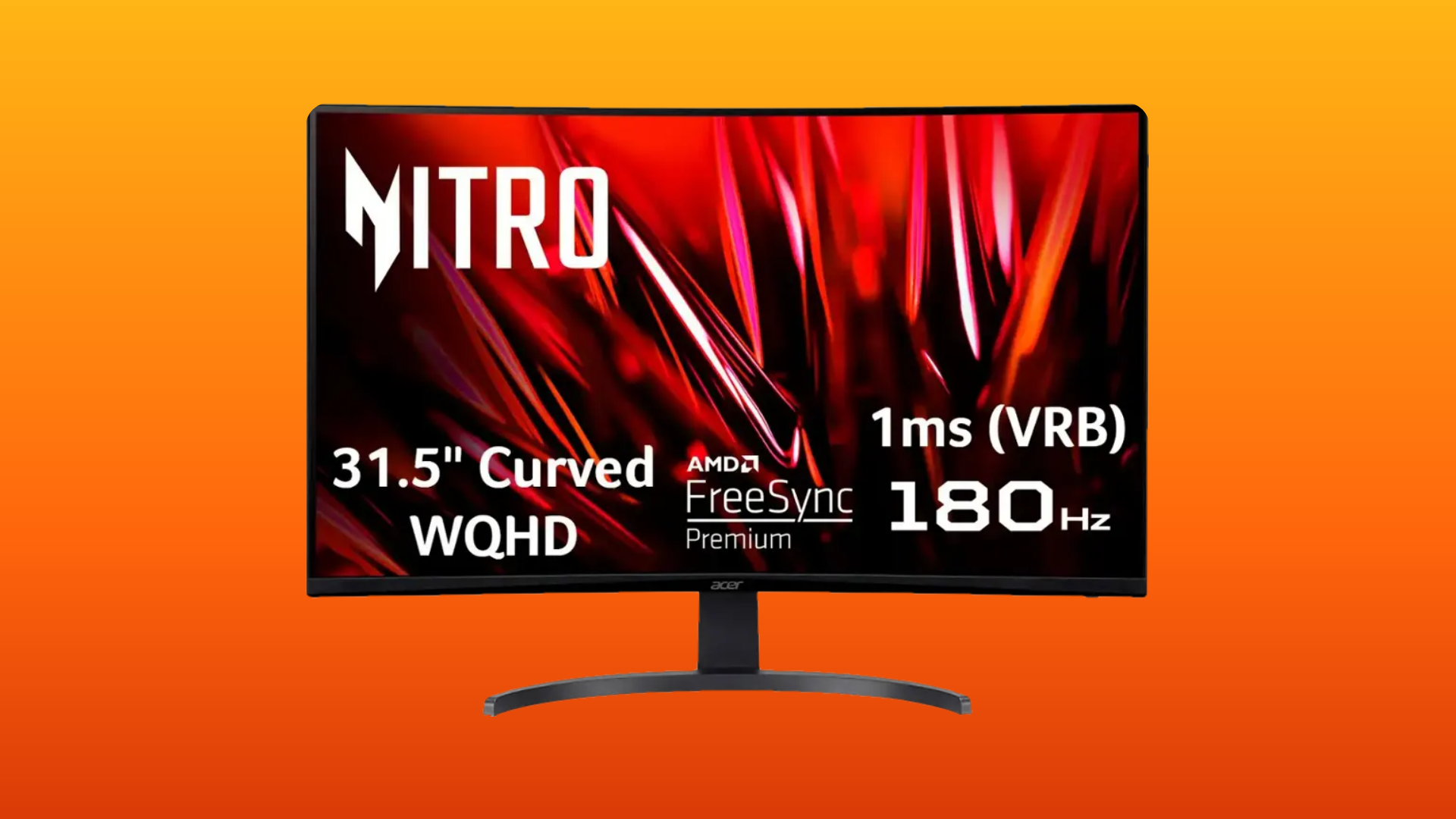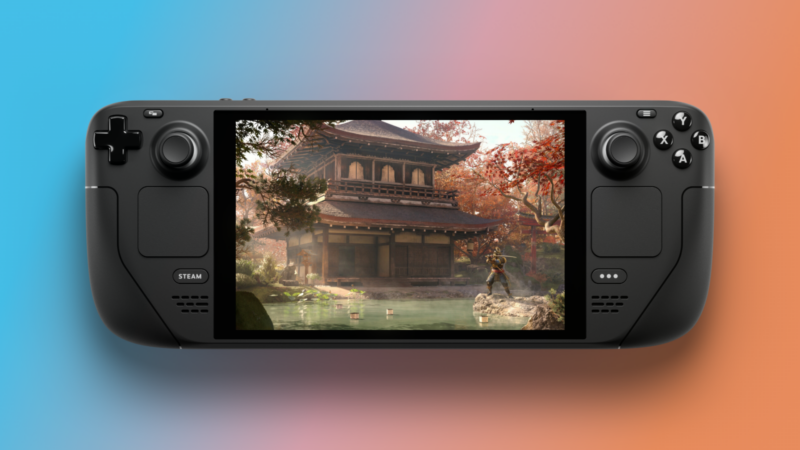Do you look forward to Samsung smartphones that are no longer the best? We have the Exynos 2400 compared against the Dimensity 9300.
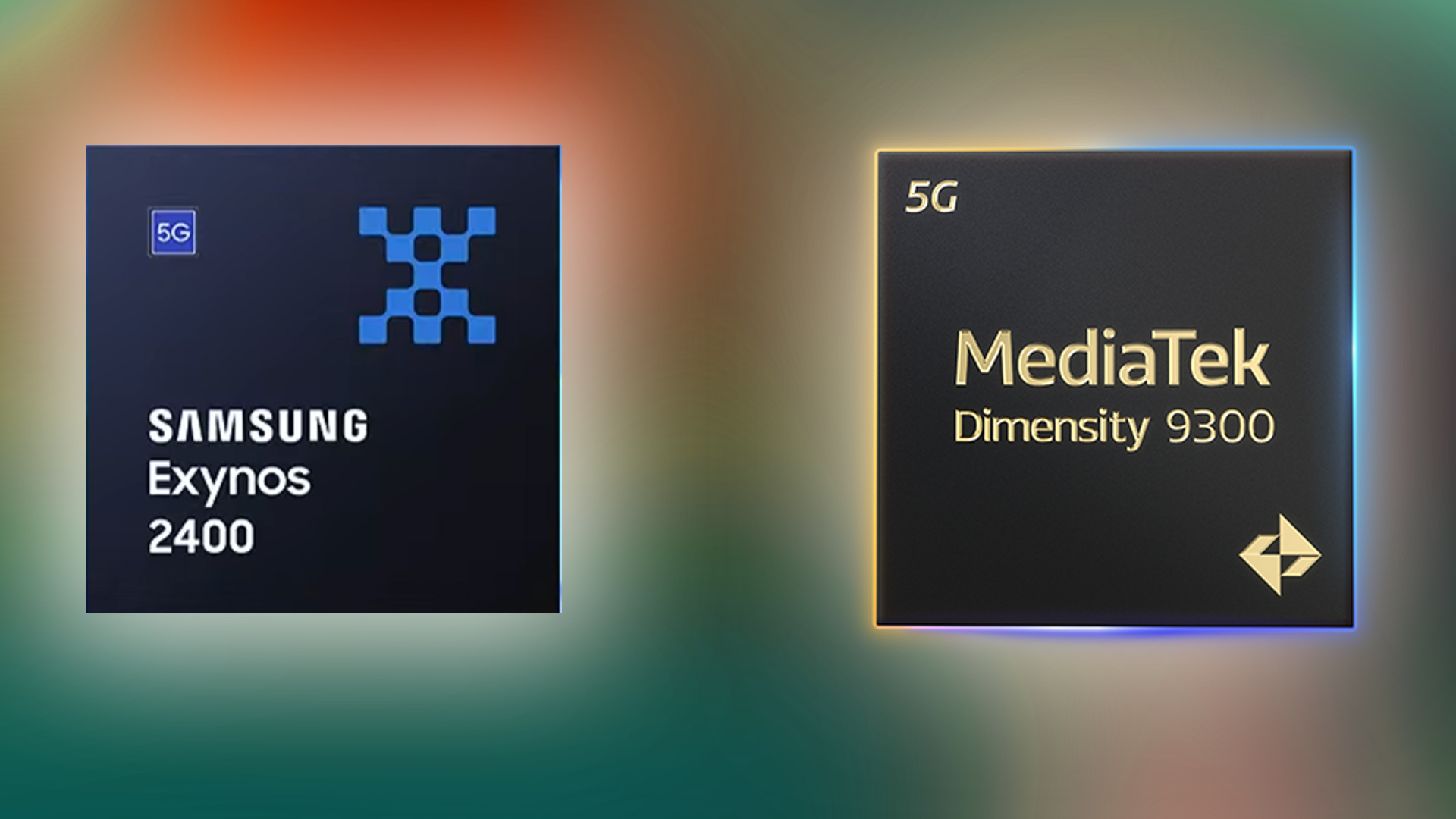
When discussing Exynos, our comparison is typically limited to Samsung devices. However, Meizu and Vivo have used Samsung’s Exynos chips and offered their own iteration. On the other hand, the Dimensity 9300 is widely adopted by various smartphone manufacturers.
MediaTek was once considered a last-resort option for vendors when choosing a chipset. However, the landscape has changed. MediaTek now holds a strong reputation for both performance and efficiency. The company offers the latest process nodes during manufacturing and the latest Mali GPUs, making it highly competitive with other manufacturers.
The Exynos from Samsung was their second option for their flagship smartphone (except the S6 Series). Historically, in the EU region, India, and other markets, the Exynos variant was intentionally marketed.
When the Snapdragon variant is compared to the Exynos, the results always favor the Snapdragon variant, despite the Exynos being in-house. However, things changed after Samsung collaborated with AMD for graphics. The partnership has brought promising improvements to Exynos chips.
In this article, we compare the Exynos 2400 and Dimensity 9300 based on real-world use cases and official specifications. Let’s dive in.
Exynos 2400
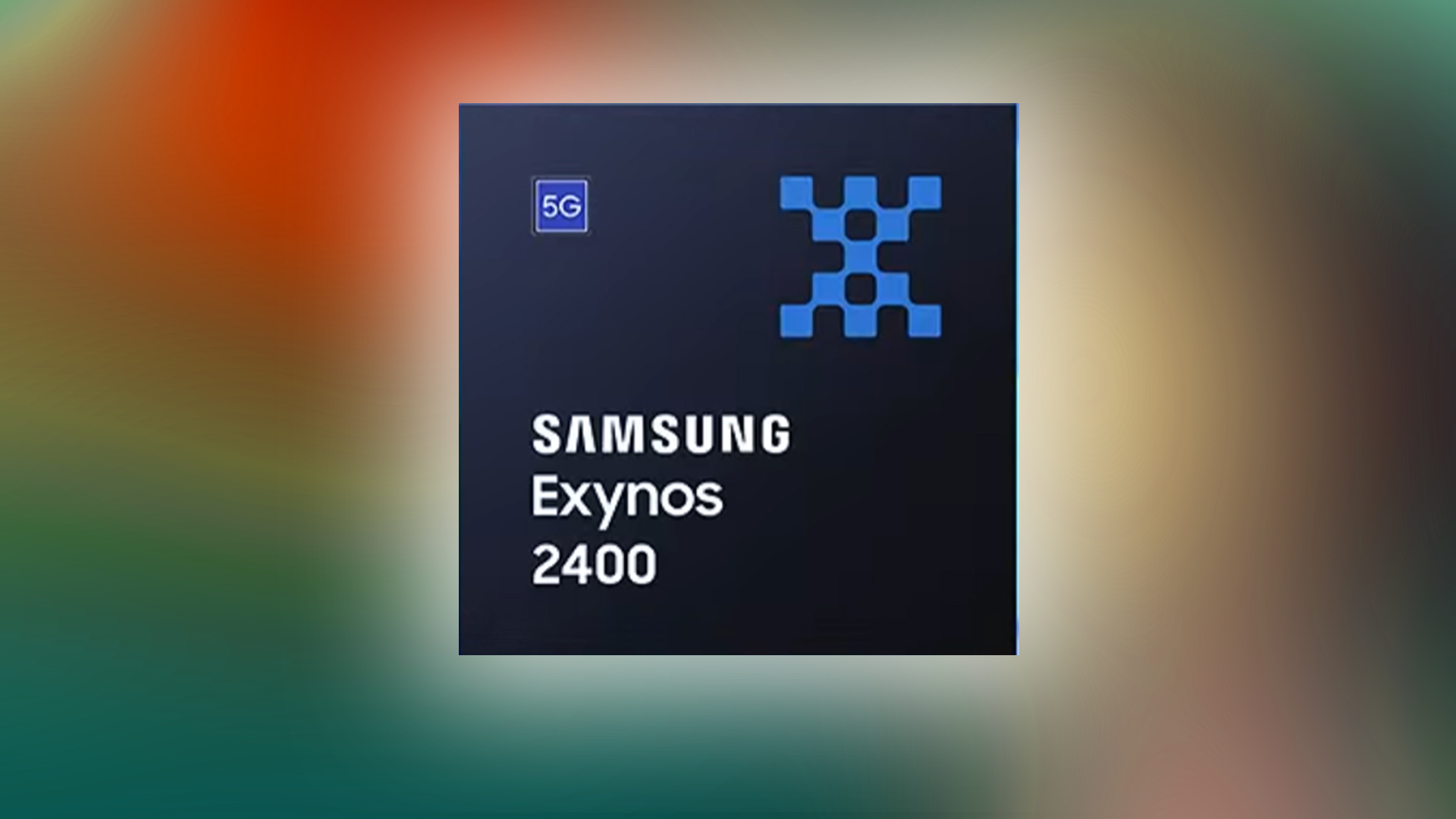
Specifications
- Fabrication – Samsung 4nm LPP+ process
- Core Configuration – Deca-core (1x Cortex-X4 @ 3.21 GHz, 2x Cortex-A720 @ 2.9 GHz, 3x Cortex-A720 @ 2.6 GHz, 4x Cortex-A520 @ 2.0 GHz)
- Samsung Xclipse 940 (AMD RDNA 3 GPU architecture)
- Samsung NPU with up to ~17K MACs for AI processing
- Memory Type – LPDDR5X RAM (up to 68.2 GB/s bandwidth)
- Sub-6GHz and mmWave 5G modem (download speeds up to 9.64 Gbps)
- Wi-Fi 7, Bluetooth 5.4 connectivity
- Up to 320 MP Cameras; video recording up to 8K @60 FPS
Strengths
- Deca-core architecture provides strong multithreading performance.
- GPU supports hardware ray tracing and AMD FidelityFX Super Resolution (FSR).
- Strong image processing from the camera hardware.
- GPU Supports Hardware Raytracing.
Weaknesses
- Smaller L3 cache size (8 MB vs. Dimensity’s 18 MB), leading to lower overall performance.
- Memory bandwidth is lower than Dimensity’s LPDDR5X implementation (68.2 GB/s vs. Dimensity’s ~76.8 GB/s).
MediaTek Dimensity 9300
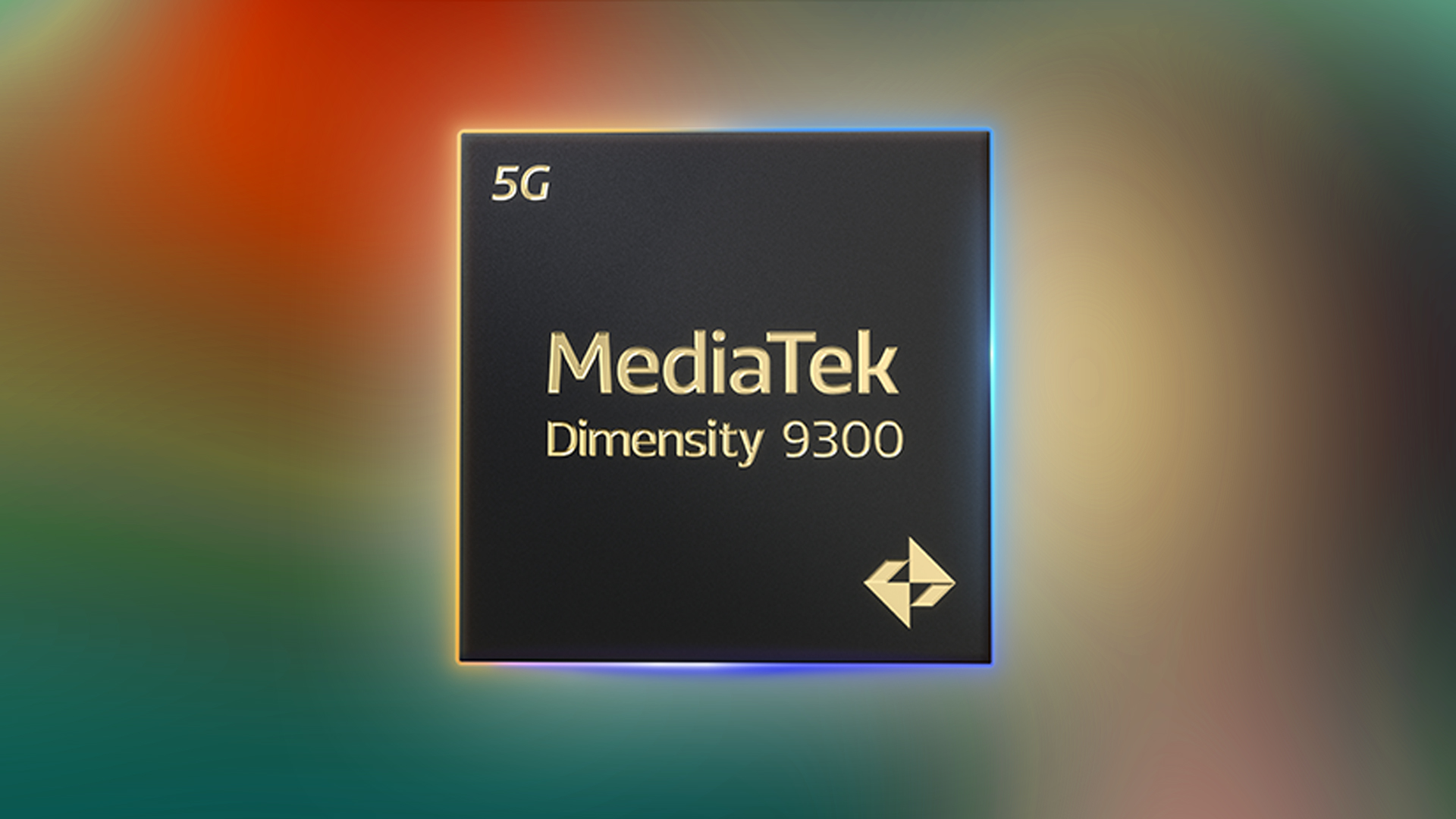
Specifications
- Fabrication – TSMC’s N4P (4nm) process node.
- Core Configuration: Octa-core (4x Cortex-X4 @ 3.25 GHz, 4x Cortex-A720 @ 2.0 GHz).
- Mali-G720 Immortalis MP12 GPU.
- MediaTek APU with INT4 support for AI-related workloads.
- Memory Type – LPDDR5X Up to 68.2GB/s.
- Sub-6GHz modem only (download speeds up to ~7 Gbps).
- Wi-Fi 6E, Bluetooth 5.4, Connectivity options.
- Cameras – Up to 320 MP; video recording up to 8K @30 FPS.
Strengths
- Higher GPU frequency than the Exynos counterpart.
- Larger L3 cache (18 MB vs. Exynos’s 8 MB) offers better CPU performance for sustained workloads.
- Higher memory bandwidth (76.8 GB/s) allows for faster data transfer.
Weaknesses
- Lacks mmWave support for faster connectivity in certain regions, unlike the Exynos.
- Fewer CPU cores compared to the Exynos, which may limit multitasking capabilities.
- Video recording is capped at a lower frame rate for high resolutions (8K @ 30 FPS vs. Exynos’s 8K @ 60 FPS).
- GPU Lacks Hardware Raytracing.
Final Verdict: Exynos 2400 vs Dimensity 9300
Both the SoCs are highly capable, but they are pretty different. There are a few things to consider before buying, such as:
- The Exynos 2400 offers better multithreaded performance, but lacks the cache for sustaining, which factor in specific workloads. Pick it if you really love Samsung Devices.
- The Dimensity 9300 offers slightly better sustained CPU performance, increased memory bandwidth, and likely improved efficiency due to TSMC’s process node advantage.
Specifications for both the chips
| Features | Exynos 2400 | Dimensity 9300 |
|---|---|---|
| Lithography | Samsung LPP+ (4nm) | TSMC N4P (4nm) |
| CPU Architecture | Deca-core | Octa-core |
| GPU | Xclipse 940 (AMD RDNA3) | Mali-G720 Immortalis MP12 |
| GPU Frequency | ~1.1 GHz | ~1.3 GHz |
| Memory Bandwidth | Up to ~68.2 GB/s | Up to ~76.8 GB/s |
| Camera Support | Up to ~320 MP | Up to ~320 MP |
| Video Recording | Up to ~8K @60 FPS | Up to ~8K @30 FPS |
| Connectivity | Sub-6GHz + mmWave | Sub-6GHz only |
| AI Performance | Up to ~17 TOPS | Up to ~33 TOPS |
Looking For More Related to Tech?
We provide the latest news and “How To’s” for Tech content. Meanwhile, you can check out the following articles related to PC GPUs, CPU and GPU comparisons, mobile phones, and more:
- 5 Best Air Coolers for CPUs in 2025
- ASUS TUF Gaming F16 Release Date, Specifications, Price, and More
- iPhone 16e vs iPhone SE (3rd Gen): Which One To Buy in 2025?
- Powerbeats Pro 2 vs AirPods Pro 2: Which One To Get in 2025
- RTX 5070 Ti vs. RTX 4070 Super: Specs, Price and More Compared
- Windows 11: How To Disable Lock Screen Widgets
 Reddit
Reddit
 Email
Email
